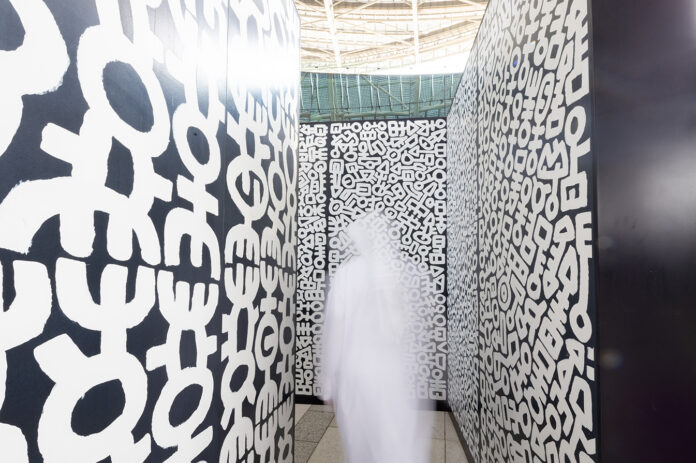Local and regional artists put a creative take on environmental issues at Expo 2020’s Sustainability Pavilion. The art installations are now display in Terra – The Sustainability Pavilion, with each demonstrating a specifically Middle Eastern response to the issues of sustainability.
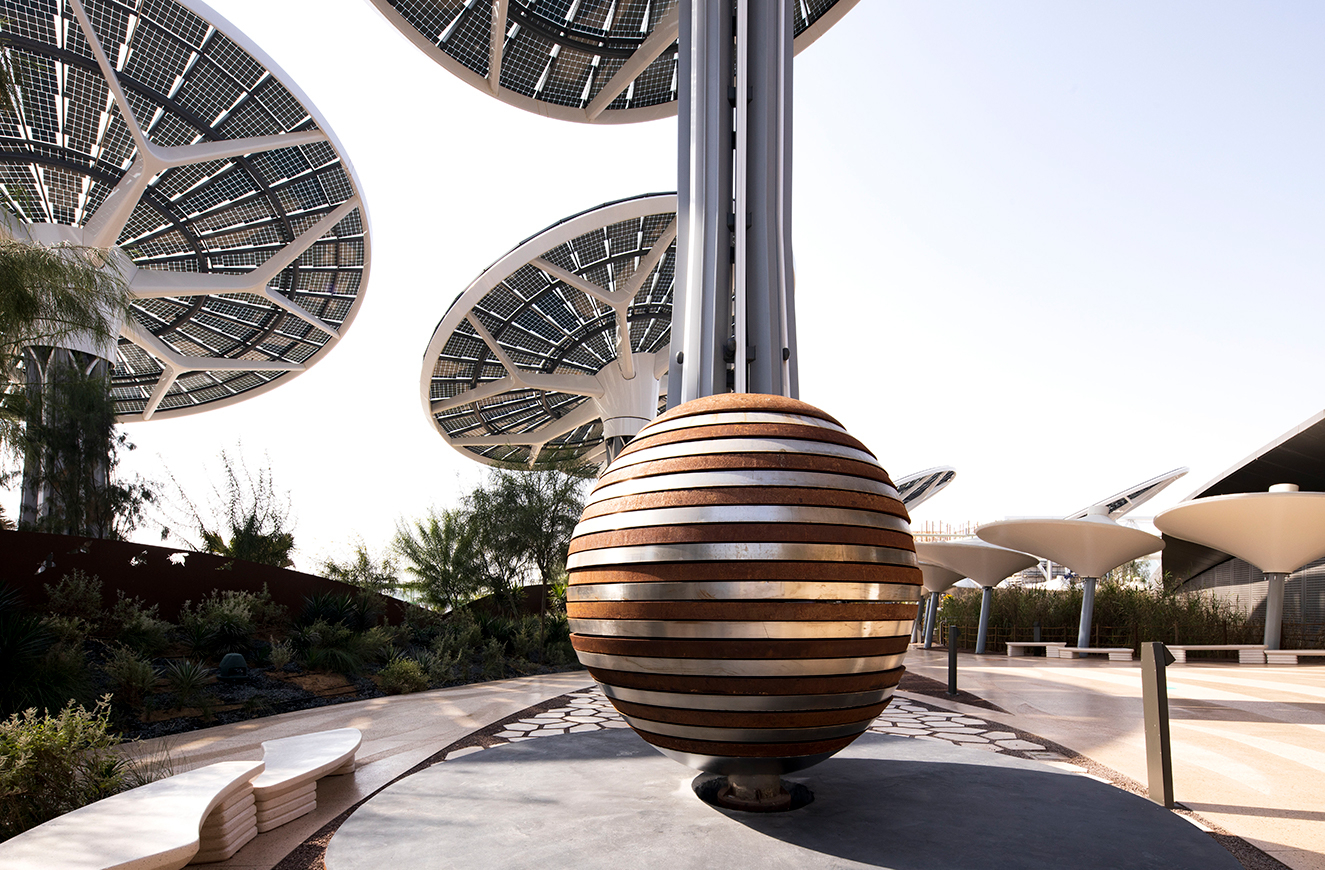
Specially commissioned by Expo 2020 in collaboration with Art Dubai, the artworks from the four, who represent the cream of Emirati and regional contemporary art talent, add an extra layer of engagement to the Sustainability Pavilion as it tells the story of humans’ relationship to the planet and challenges visitors to live in balance with the natural world.
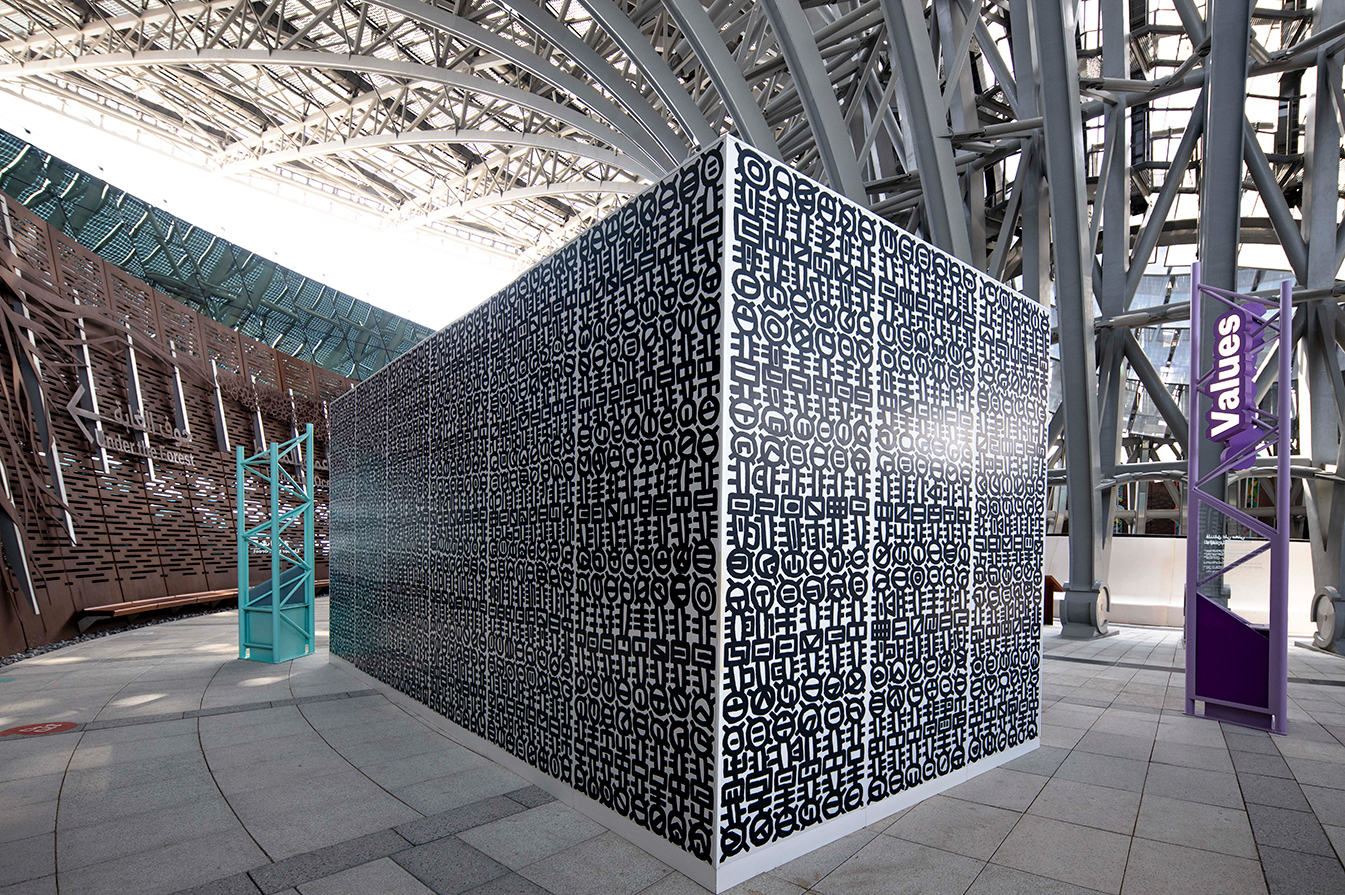
The four artists and the five artworks are:
- Zeinab Alhashemi (UAE) – Takween
- Mohammed Ahmed Ibrahim (UAE) – Hugs
- Mohammed Kazem (UAE) – Directions (Expo 2020) and Measuring
- Ayman Zedani (Saudi Arabia) – Terrapolis
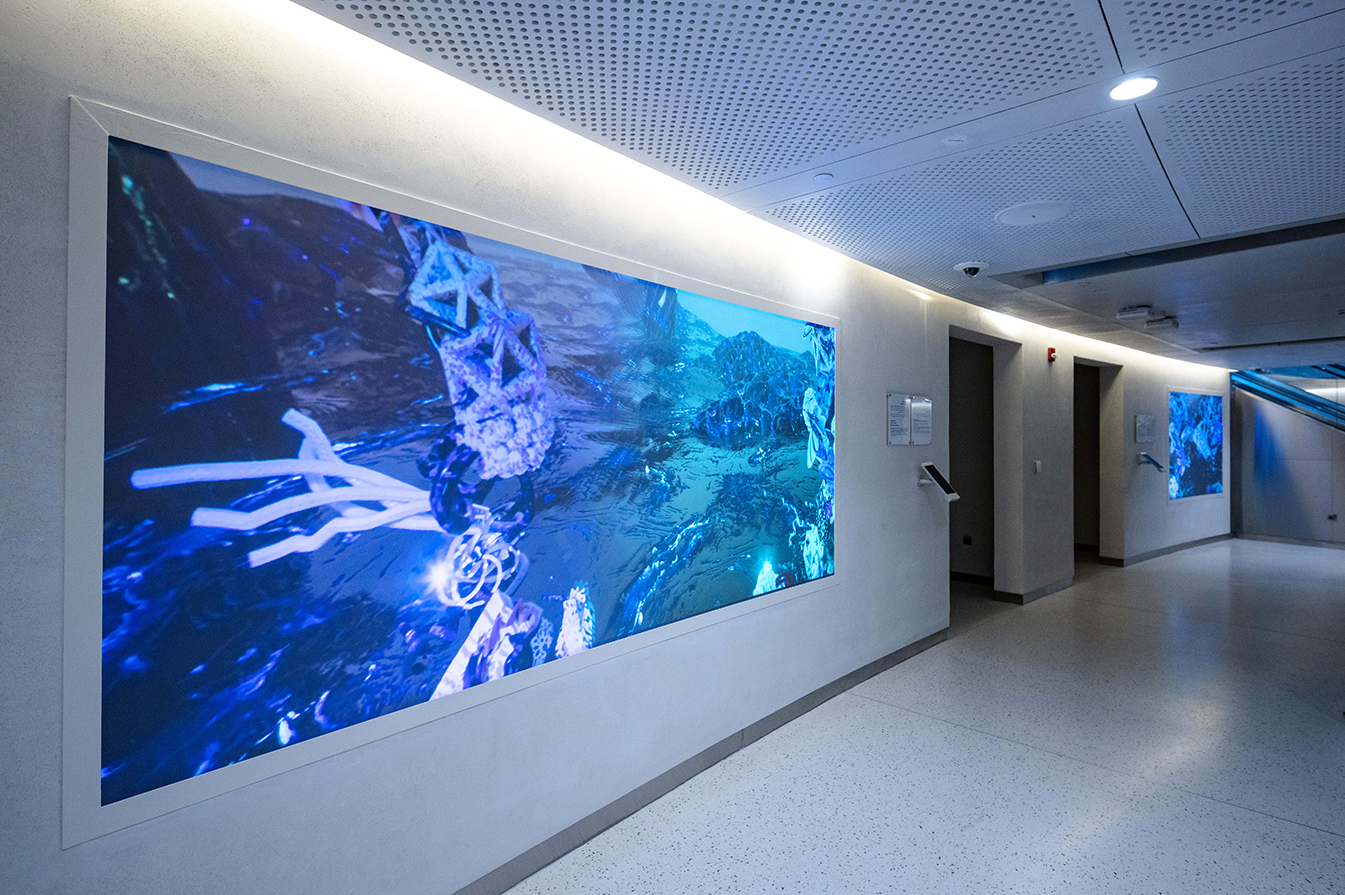
Zeinab Alhashemi’s work explores the hidden connections and geometry found in nature as a universal language. Takween examines how the responsibility of humans and our planet are interdependent, with the two halves of the piece merging together to become one – what appears to be separate are in fact parts of the same, suggesting that man and nature thrive together.
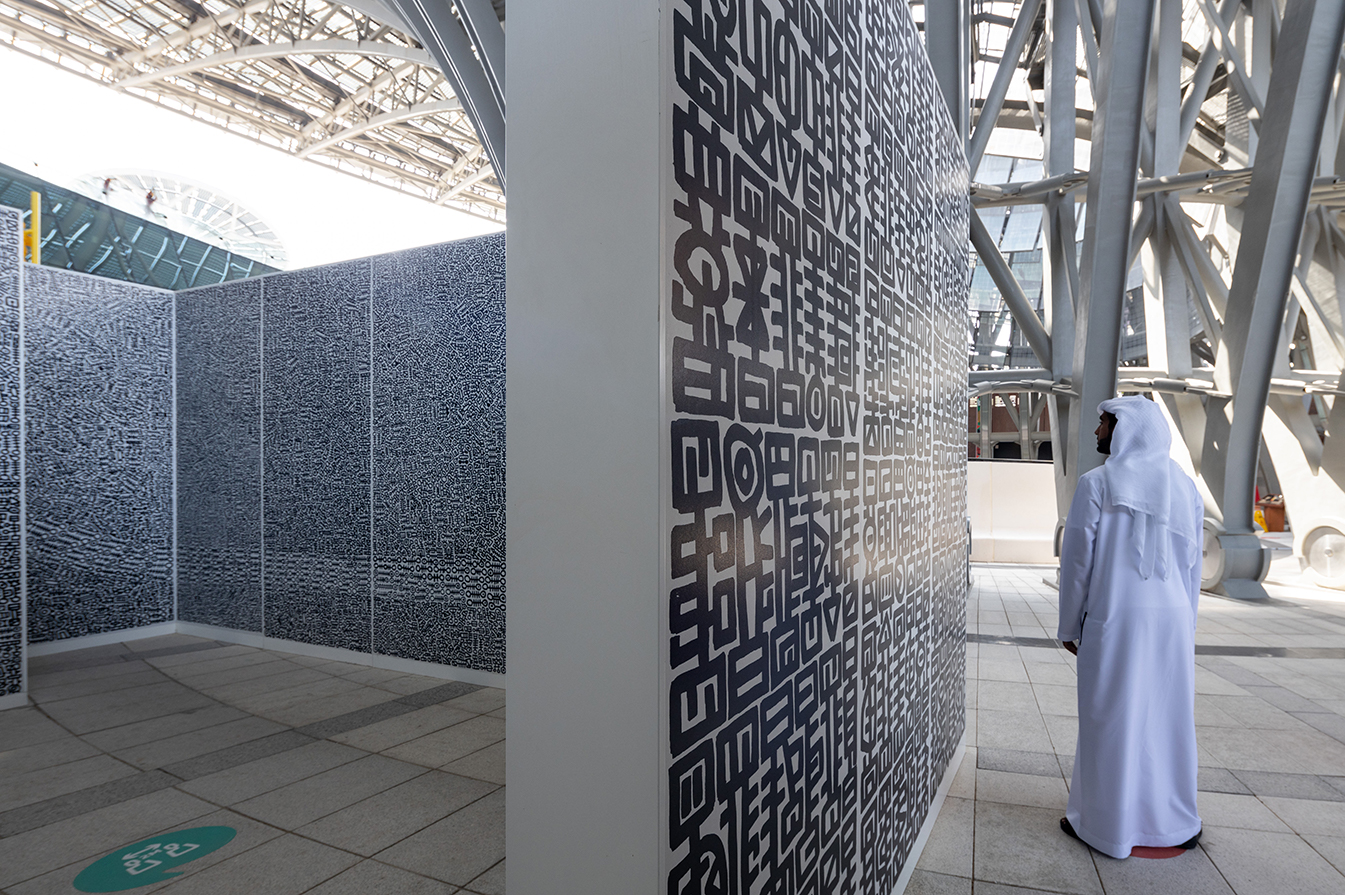
Among the UAE’s first generation of contemporary artists, Mohammed Ahmed Ibrahim hails from Khorfakkan, a coastal city in the UAE surrounded by rocky mountains, and his deep connection with the environment is evident in his work. Hugs is an interactive installation forming reflective walk-through space where visitors are asked to examine how their values impact their decisions, especially when it comes to big questions such as the environment.
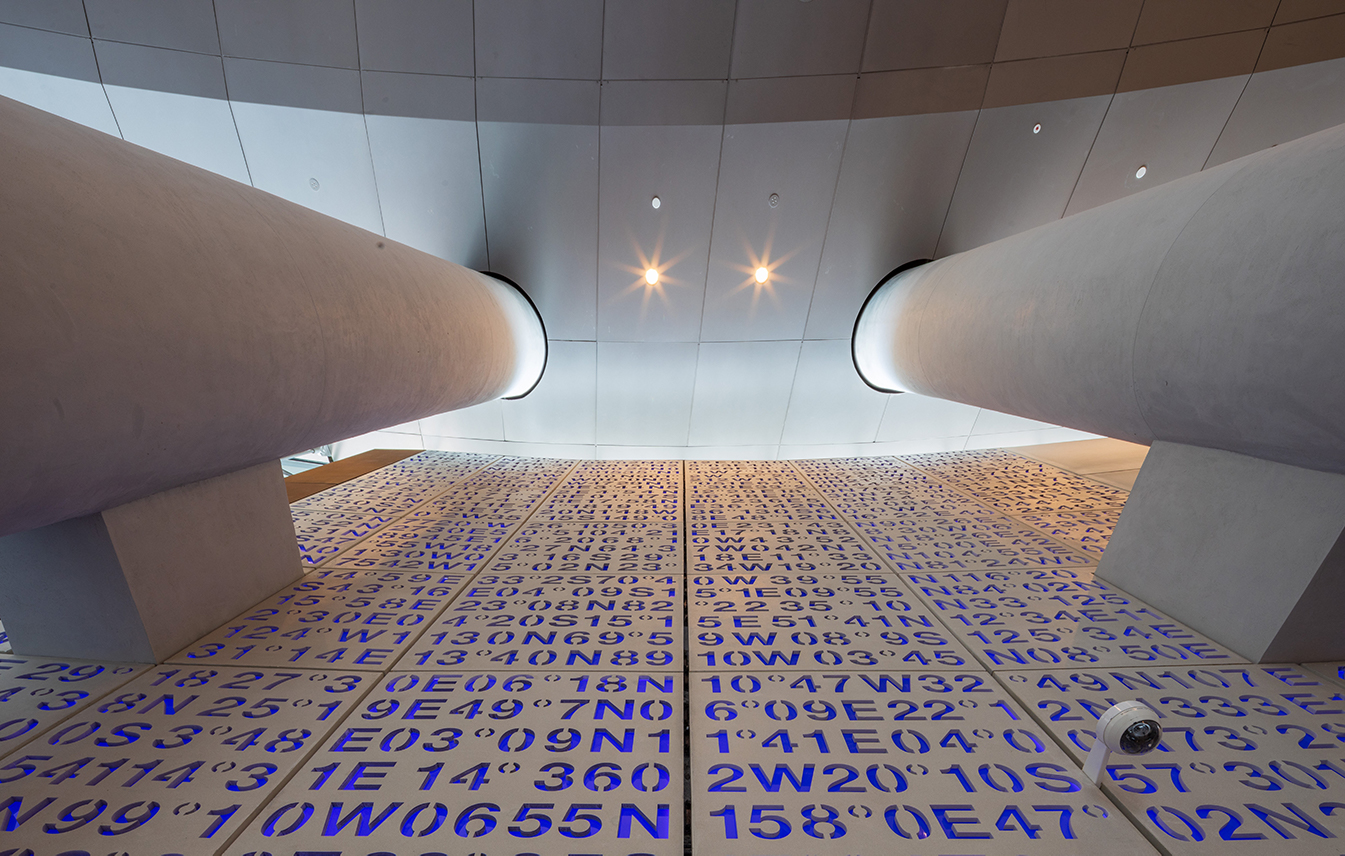
Mohammed Kazem combines technological and traditional methodologies in an ongoing exploration of his environment, whether social, political or natural. His first piece for the Sustainability Pavilion, Directions (Expo 2020), represents the geographic coordinates of worldwide visitors to the Expo site. Kazem’s work inspires them to think about and create innovative solutions for a more sustainable future.
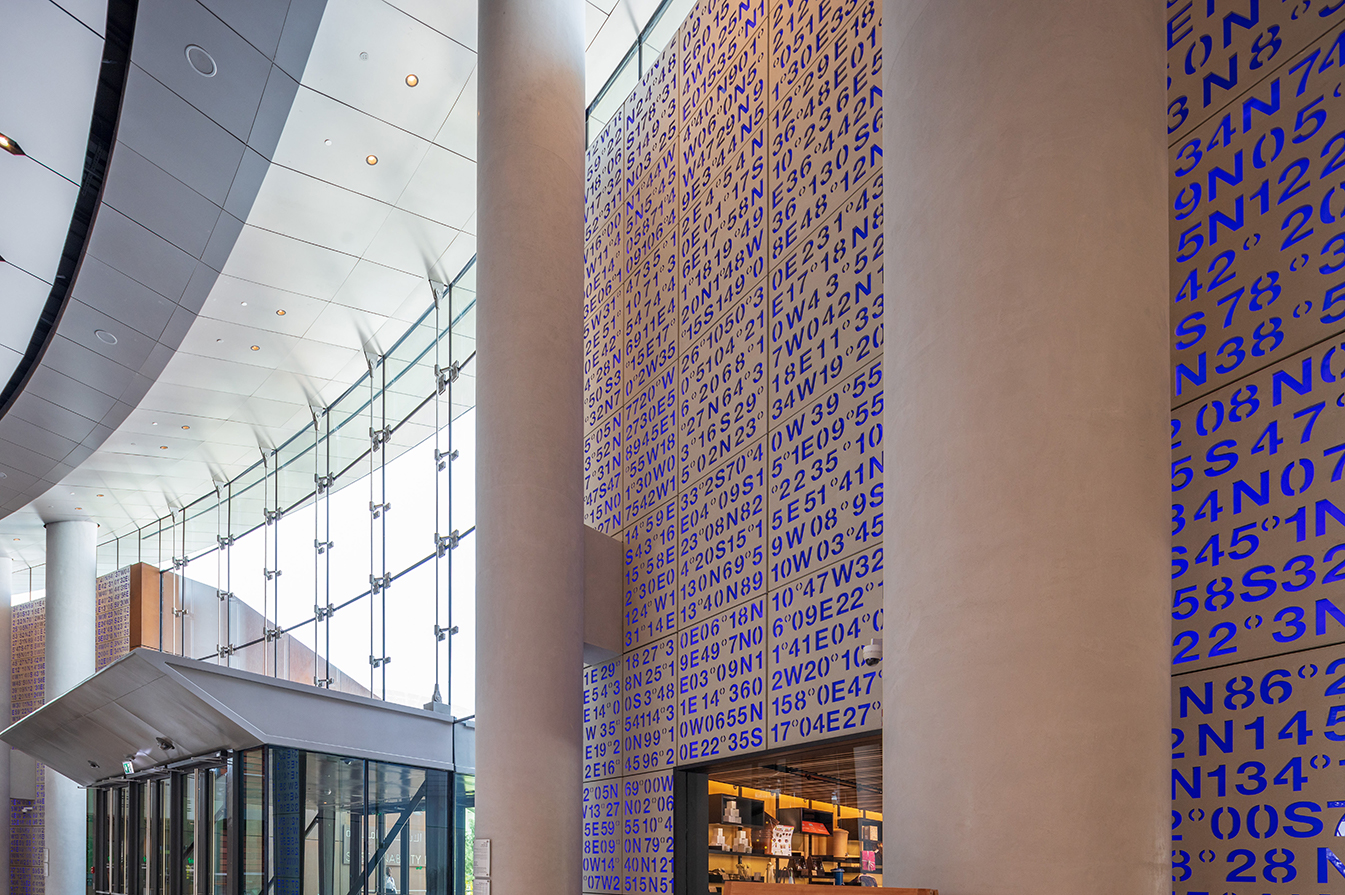
Kazem’s second piece, Measuring, challenges common architectural norms of understanding a space. His perception of the space, influenced by both memory and mood, determine its dimensions, satirising the presumed accuracy of any spatial relationship. The work invites viewers to reflect on the shifting nature of something as rational as ‘measurement,’ making us aware of both of our place in our environment, and how we value it.
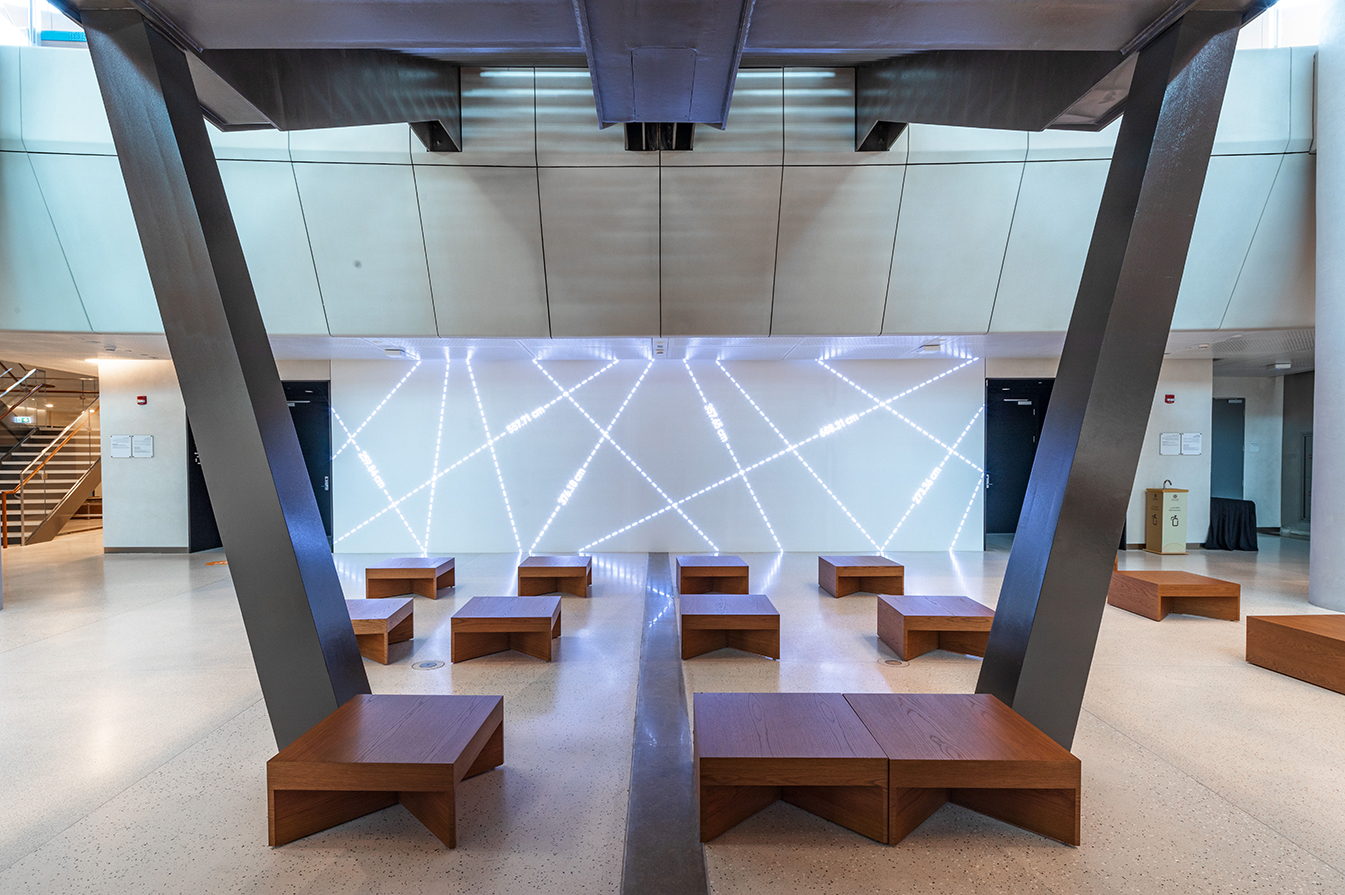
Ayman Zedani is a visual artist from Saudi Arabia whose work sits at the crossroads between installation, sound, photography, video and science and attempts to renegotiate the relationship between human and more-than-human in regard to the future of the planet and, more specifically, the future of the Gulf. His new piece, Terrapolis, is a digital monument to all the contributors to the Sustainability Pavilion. It uses a designed digital algorithm to transform their identities into digital organic entities that live in a simulation that reflects life from a parallel reality, blurring the distinction between life forms.
In addition to the five pieces already in place in the pavilion, one final artwork will be installed in the coming months. The piece, designed by an internationally renowned artist, will be situated in the inner core of the pavilion, at the heart of the building.
All artworks will live on as permanent installations during and after Expo 2020, when, as part of plans to create a meaningful and measurable long-term legacy, Terra – The Sustainability Pavilion will transform into a Children’s Science Centre within District 2020, a model global community that will rethink the cities of the future and repurpose more than 80 per cent of Expo’s built environment.
Discover more from SNAP TASTE
Subscribe to get the latest posts sent to your email.



